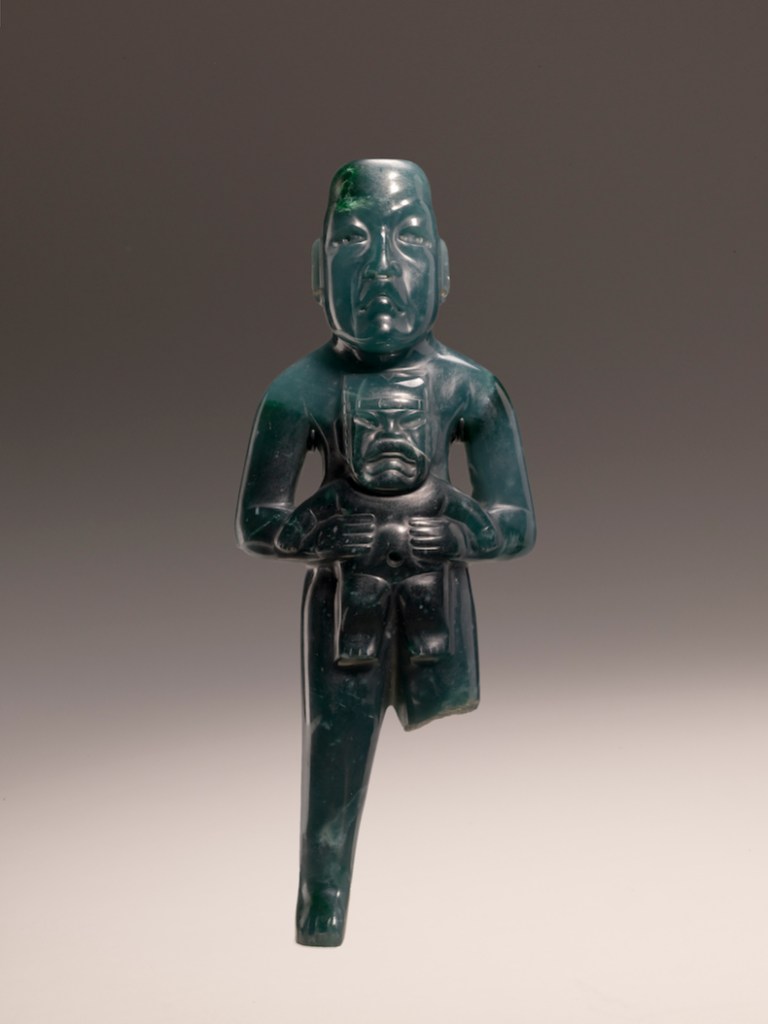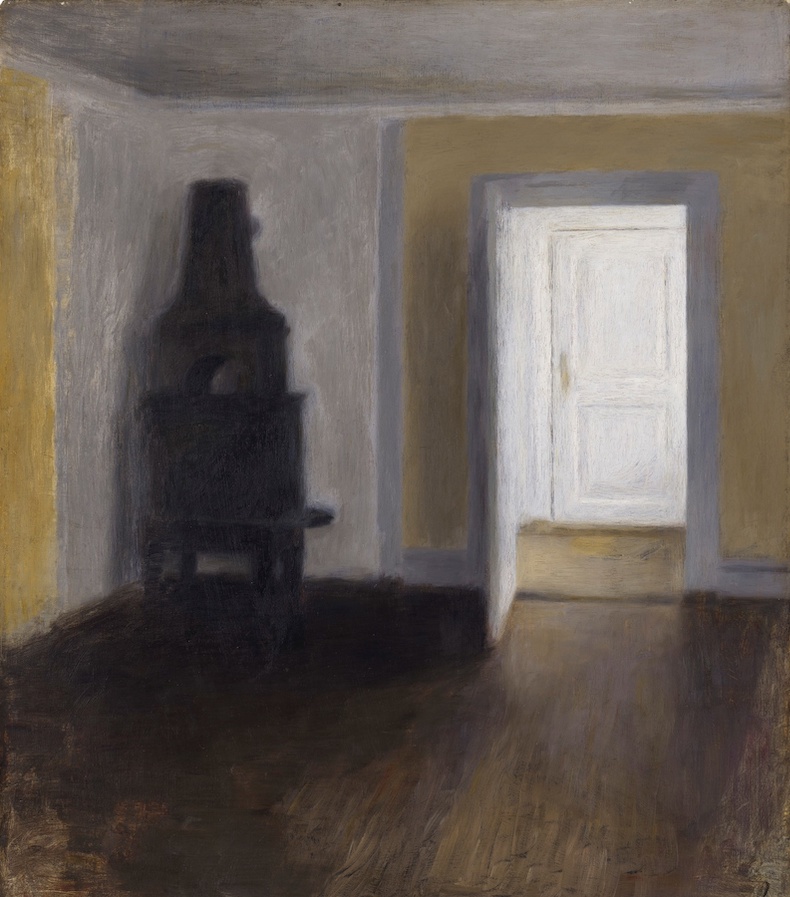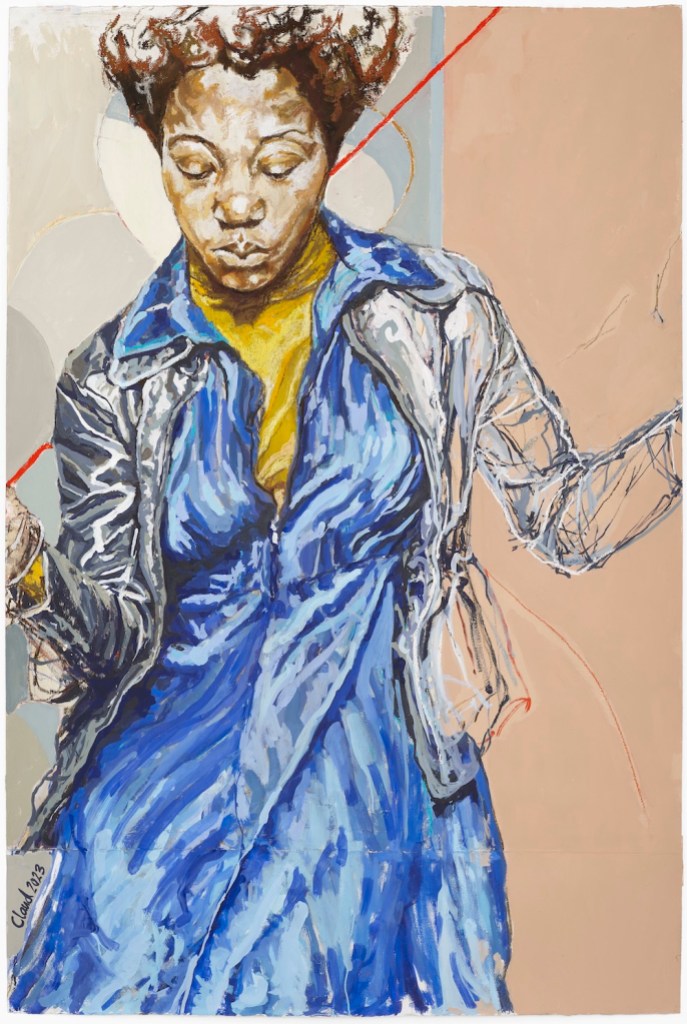A round-up of the best works of art to have recently entered public collections
Fitzwilliam Museum, Cambridge
Apollo Belvedere (c. 1520–22), Pier Jacopo Alari Bonacolsi (‘Antico’)
A miniature Renaissance masterpiece, Apollo Belvedere by Pier Jacopo Alari Bonacolsi, has been acquired by the Fitzwilliam Museum. Luke Syson, the director of the museum has described it as ‘perhaps the most quintessentially Renaissance work we own’. The work is a 41.3cm-high copy of the famous ancient Roman copy of a Greek statue and was sculpted by an artist whose love of the classical world gained him the nickname ‘Antico’. Bonacolsi has rendered the figure in bronze and parcel gilt with eyes of inlaid silver. The detailed modelling and exquisite casting and finish evident in this sculpture is typical of his work. His skill as a goldsmith gives this copy of the Apollo Belvedere an exceptional vitality. It joins an important collection of bronze statues from the period already held by the museum, 56 of which – like this piece – belonged to the collector Mildmay Thomas Boscawen during the first half of the 20th century. The work was most recently owned by the property developers Cecil and Hilda Lewis, who have donated it under the Acceptance-in-Lieu scheme as part of settling a £10.5m bill for inheritance tax.
Apollo Belvedere (c. 1505), Antico (Pier Jacopo Alari Bonacolsi). Fitzwilliam Museum, Cambridge

J. Paul Getty Museum, Los Angeles
The Holy Family (c. 1520), Gerard David; Bouquet of Flowers in a Two-Handed Vase (early 1560s), Ludger tom Ring the Younger; Portrait of Friedrich Christian, Prince of Saxony (1751), Anton Raphael Mengs
The Getty has added to its collection of northern European painting with three important acquisitions across genres. An oil on panel by Netherlandish artist Gerard David shows Mary, Joseph and the infant Jesus in a tender familial scene – notice the porridge-like dish carried by Joseph. A still life by Ludger tom Ring the Younger – one of only a handful to be painted by the German artist – depicts blooms native to northern Europe in a vase of milky Venetian glass. It marks a point at which still lifes of plants became worthy subjects for panel painting. Only 60 years earlier, close observation of plants was confined to drawing or watercolour by masters such as Martin Schongauer and Albrecht Dürer. On an altogether grander scale, a portrait of Prince Friedrich Christian by Saxon court painter Anton Raphael Mengs joins three other works by the German painter in the museum’s collection. Mengs’s portrait is a fine exercise in statesmanship using colour and pose to mask the prince’s disability (frequently identified as cerebral palsy). The painting remained in the royal family’s collection until its sale in 2022.
The Holy Family (c. 1520), Gerard David. J. Paul Getty Museum, Los Angeles

Kimbell Art Museum, Fort Worth
Standing Figure Holding a Were-Jaguar Baby (c. 900–300 BC)
The Kimbell Art Museum’s collection of ancient Mesoamerican art now counts a much-studied Olmec statuette as its star exhibit. This jadeite sculpture depicts an Olmec ruler clasping an infant human-jaguar hybrid, who wears a headband symbolising the deity of rain and maize. The 21.6cm-high ritual object is the only example of this subject carved in jade. Previously it had been on long-term loan to the Brooklyn Museum in New York; it is now the most significant work of ancient American art in the Kimbell. It was acquired by the Kimbell to mark the 10th anniversary of the opening of its Renzo Piano Pavilion, where the statuette is now on display.
Standing Figure Holding a Were-Jaguar Baby (c. 900–300 BC), Olmec. Kimbell Art Museum, Fort Worth. Photo: Robert LaPrelle

Santa Barbara Museum of Art
The White Door (1888), Vilhelm Hammershøi
Vilhelm Hammershøi is best known for his paintings of solitary individuals in domestic interiors. This work, however, is the artist’s first interior to be entirely devoid of people. Instead, an old-fashioned jamb stove stands alone in an empty room. As the artist said: ‘I have always thought there was such beauty about a room like that, even though there are no people in it, perhaps precisely because there are no people in it.’ Hammershøi is often described as a Symbolist artist but he rejected any movement or school. Instead, he devoted his career to depicting rooms in all their stillness, realism and lending these inert spaces a feeling of melancholia that has recently attracted a devoted following. The painting was acquired by the Santa Barbara Museum of Art in honour of its recently retired director, Larry Feinberg. It is the first work by the artist to enter its collection and is a significant addition to its collection of 19th-century European art.
The White Door (1888), Vilhelm Hammershøi. Santa Barbara Museum of Art

Courtauld Gallery, London
Blues Dance (2023), Claudette Johnson
A nearly two-metre-high work on paper by Claudette Johnson, commissioned by the Courtauld Gallery for Johnson’s recent solo exhibition ‘Presence’, now enters its permanent collection. The watercolour, gouache and pastel work on paper depicts a dancing woman at an epic scale. The work, almost two metres high, is inspired by an old photograph and Johnson’s own memories of the Blue Beat dance scene of the 1980s. She has said of this work that her aim was ‘to make the blues move in the work’.
Blues Dance (2023), Claudette Johnson. Courtauld Gallery, London. Photo: Andy Keate; courtesy the artist and Hollybush Gardens, London; © Claudette Johnson

National Gallery, London
Lot and his Daughters (1624), Abraham Bloemaert
After four years on loan from a private collection, Lot and his Daughters (1624) by Abraham Bloemaert has been acquired by the National Gallery. It is the first work by the renowned Dutch Golden Age painter and printmaker to join its collection. The painting has been through centuries of attribution and reattribution: in the early 20th century, it was believed to be by Rubens, and subsequently spent most of the century attributed to Jacob Jordaens. During conservation work in 2004, Bloemaert’s signature was uncovered and it was possible to identify the painting as a work sold in auction in 1811 that was described as belonging to Charles II. The painting illustrates the Old Testament tale of two daughters seducing their father with the help of strong drink, while the city of Sodom can be seen burning in the background.
Lot and his Daughters (1624), Abraham Bloemaert. National Gallery, London



